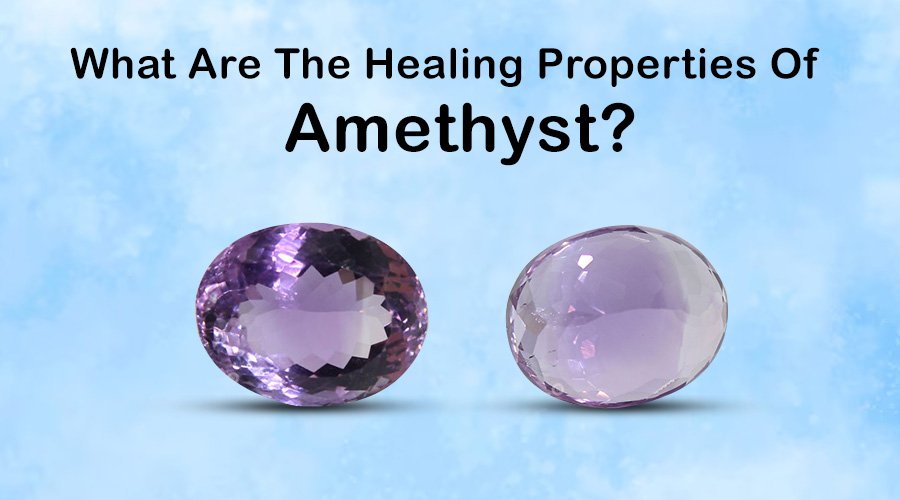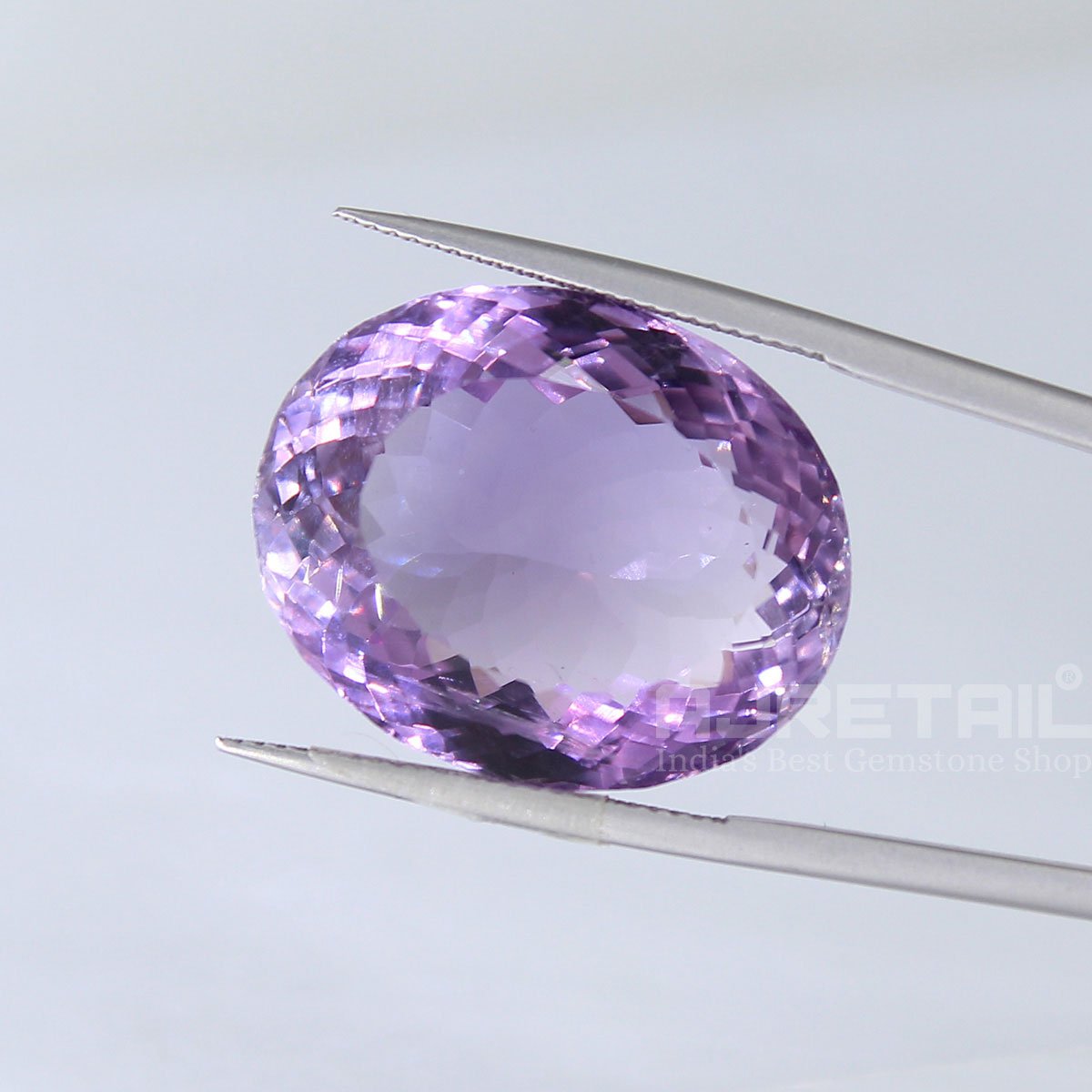
What Are The Healing Properties Of Amethyst?
Introduction
Amethyst is a purple variety of quartz. It’s often used to make jewelry and can be found all over the world, but it’s most commonly found in Brazil and Uruguay.
Amethyst has been used for thousands of years as a healing stone because it’s believed to have properties that promote:
History and Origins
Amethyst is a member of the quartz family and has been known since antiquity.  The name amethyst comes from the Greek word amethustos, meaning “not drunk,” which refers to its ancient use as a wine goblet because it was believed to prevent intoxication. Amethyst’s healing properties were also believed to help with digestion, insomnia and nervous disorders.
The name amethyst comes from the Greek word amethustos, meaning “not drunk,” which refers to its ancient use as a wine goblet because it was believed to prevent intoxication. Amethyst’s healing properties were also believed to help with digestion, insomnia and nervous disorders.
In ancient times, amethyst was mined in Egypt and Mesopotamia (present-day Iraq). Today most amethysts come from Brazil or Uruguay where they are found in huge deposits along with other minerals such as tourmaline or citrine. The color of an individual stone depends on its chemical composition; some may be purple while others are lavender blue or greenish yellow-brown hues called smoky quartz (which is not actually quartz).
Colors and Shades
Amethyst comes in a variety of shades, ranging from pale lilac to deep purple. The color can vary depending on the type of amethyst and its origin. Amethyst is also found in shades of pink, blue and green.
In addition to its wide range of colors, amethyst has been used for centuries as an ornamental stone because it’s believed to have healing properties. Ancient Egyptians mined amethysts for use in jewelry and adornments because they believed it could ward off evil spirits while helping them communicate with their gods. Today you can find amethysts set into rings or brooches worn by people who want protection against negative energy or illness
Healing Properties
Amethyst is a stone that has been used for centuries to heal both physical and mental ailments. It can also be used to help you achieve spiritual enlightenment.
Amethyst is known as the “stone of spirituality” because it helps you connect with your higher self, which allows you to access information about your purpose in life or anything else that may be blocking your path towards happiness and fulfillment.
Uses of Amethyst
Amethyst is a beautiful stone that has been used for centuries. It’s known for its healing properties and can be used to help treat a variety of ailments, including stress and anxiety.
Amethyst is also often used in jewelry because of its beauty and coloration. It’s one of the most popular stones when it comes to making rings or necklaces!
Caring for Amethyst
Amethyst is a very delicate stone, so you should store it in a soft cloth bag or wrap it in cotton. It’s also important to avoid contact with other gemstones, as they can scratch the surface of your amethyst.
If your amethyst gets dirty, you can clean it by rubbing gently with a soft cloth and warm water (not hot).
Amethyst in Different Cultures
Amethyst has been used for centuries. It’s believed to have healing powers and can be used for meditation, protection, or simply as a beautiful piece of jewelry.
In ancient Egypt amethyst was thought to protect against poison and evil spirits. Amethyst was also used as an offering at tombs of Egyptian pharaohs because it was believed that the stone would help them in their journey into the afterlife. Amethyst has been found in ancient Greek tombs dating back over 2,000 years ago; these were thought to be gifts from royalty who wanted their loved ones protected by its healing powers during their journey into the afterlife.
Amethyst is also associated with Christianity because its deep purple color resembles stained glass windows found inside churches throughout Europe during medieval times. These windows were made out of colored glass called “stained glass” which comes from combining molten sand with powdered minerals like copper oxide or iron oxide so they could create different colors when melted together.


